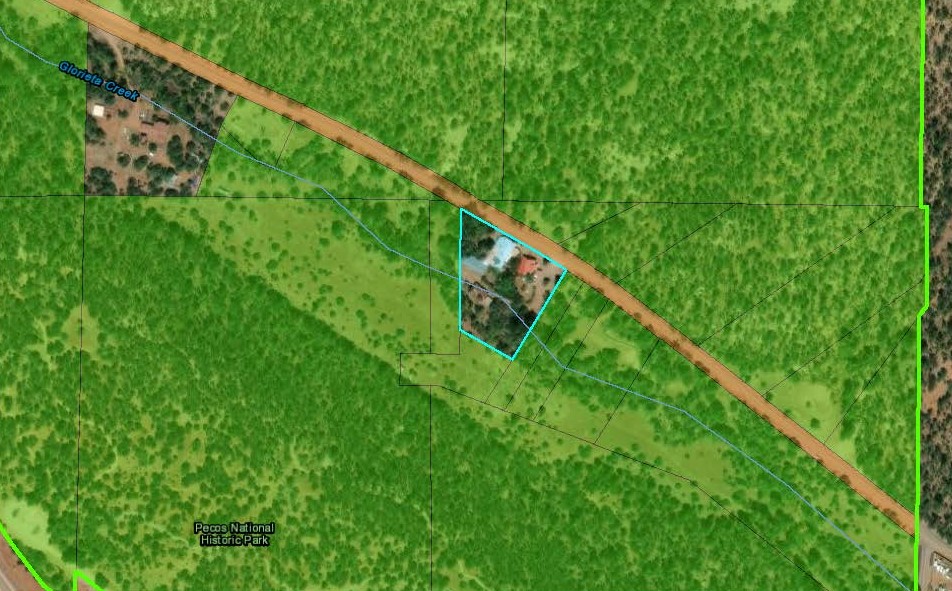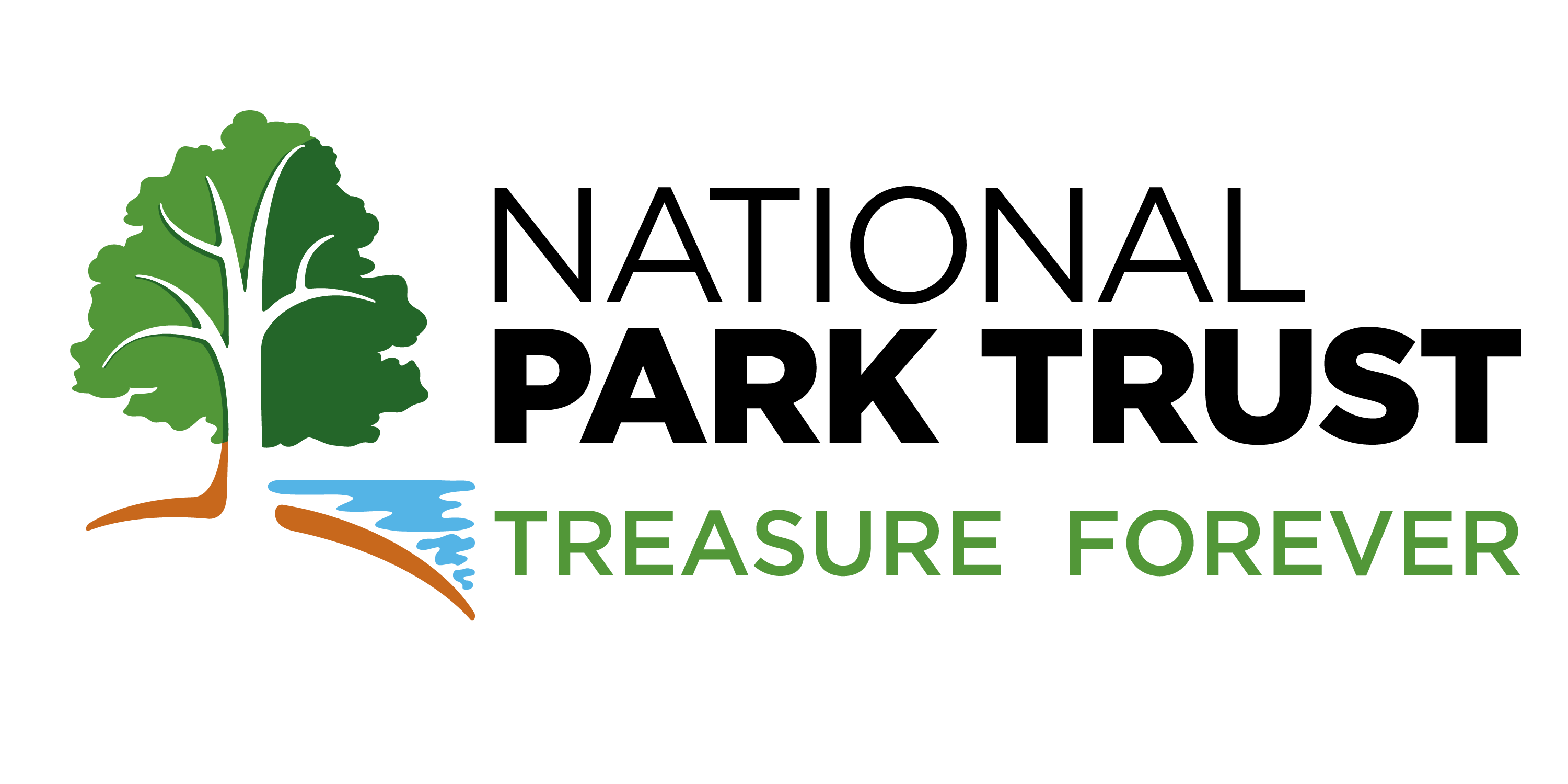National Park Trust, supported by a grant from the National Park Foundation, provided the National Park Service with pre-acquisition work needed to obtain title to a privately-owned 2.18-acre tract within the Pigeon Ranch Unit of Pecos National Historical Park, a unit of the National Park System.
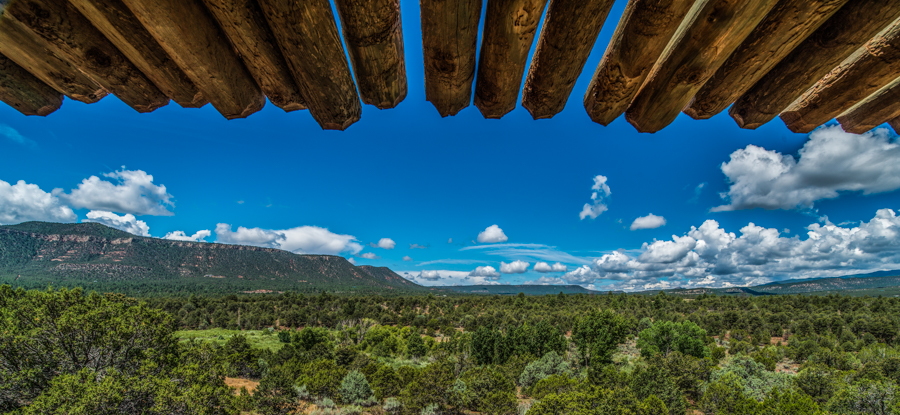
The story told by Pecos National Historical Park stretches back about 11,500 years, from the Pre-ceramic period (11,500 B.C.-600A.D.) until 1991 when thousands of acres of ranch land were added, and the former Pecos National Monument was transformed into Pecos National Historical Park. The history is illustrated by the natural and cultural landscape of the park, which includes remains of Pecos Pueblo, other Indigenous peoples’ structures, Spanish Colonial missions, Mexican-era homesteads, and a section of the historic Santa Fe Trail. An intact 1900s ranch and sites associated with the Civil War, including that of the Battle of Glorieta Pass, complete the picture.
During the Civil War, the Confederacy developed plans to control western states and, eventually, the port cities of San Diego and Los Angeles. One of the preliminary steps was capturing Fort Union in New Mexico, a significant Union supply center for the West. In March 1862, a Confederate force of several hundred moved from Albuquerque northeast in an attempt to take control of Glorieta Pass, which would give them a strategic advantage in an attack on Fort Union.
On March 26, the Confederate force in the Glorieta area was confronted by a roughly equal Union contingent, and the battle was joined. After a small Union victory, both sides paused to await reinforcements, which arrived on March 27. The battle rejoined on March 28. The Union commander split his forces, one contingent remaining at Glorieta Pass to ambush the Confederates as they passed. The Confederates advanced faster than expected, leaving a small contingent in charge of their horses and supplies.
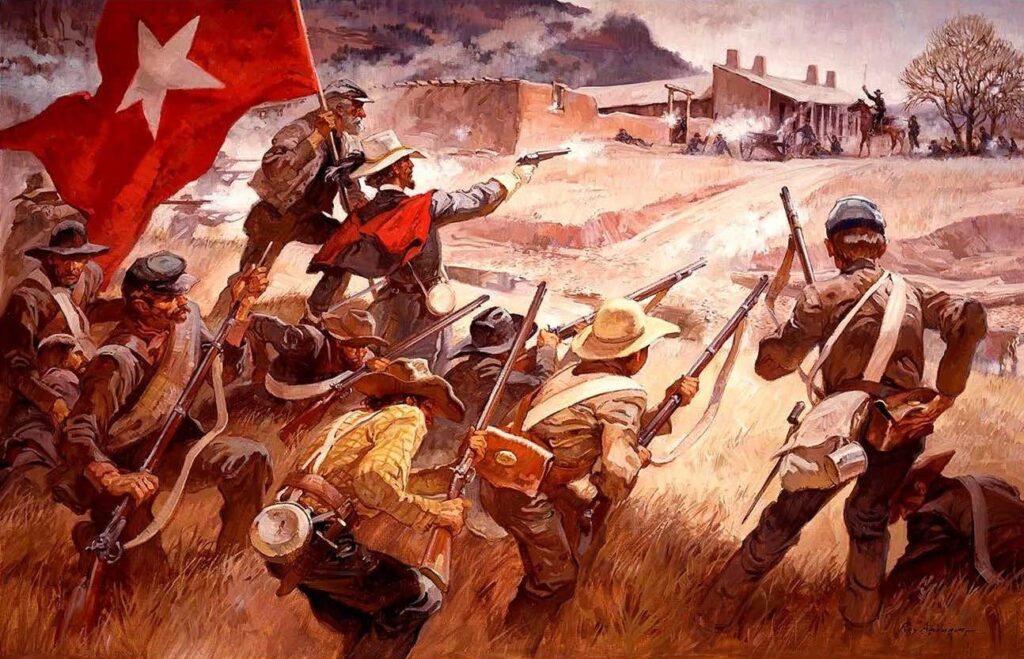
The Confederates outnumbered the remaining Union forces and took the battlefield. However, the Union ambush force found the Confederate supply train, and because they outnumbered the skeleton crew, drove the Confederates off, destroying wagons, artillery, and supplies. Without supplies to sustain the advance to Fort Union, the Confederates were forced to begin a retreat to Santa Fe, which continued to San Antonio. The decisive Battle of Glorieta Pass prevented the Confederacy from controlling the Southwest, which remained in the Union for the duration of the Civil War.
The property acquired is a 2.18-acre developed plot in the midst of what was the active battlefield. The acquisition allows the National Park Service (NPS) to protect any remnants of the battle, remove buildings, and restore the landscape to a state that recalls the land’s appearance when the battle took place.
The Park Trust completed the required due diligence for the acquisition and NPS closed on the property on December 13, 2024. The title was transferred from the current owner to NPS, at which point the land became part of the Pecos National Historical Park.
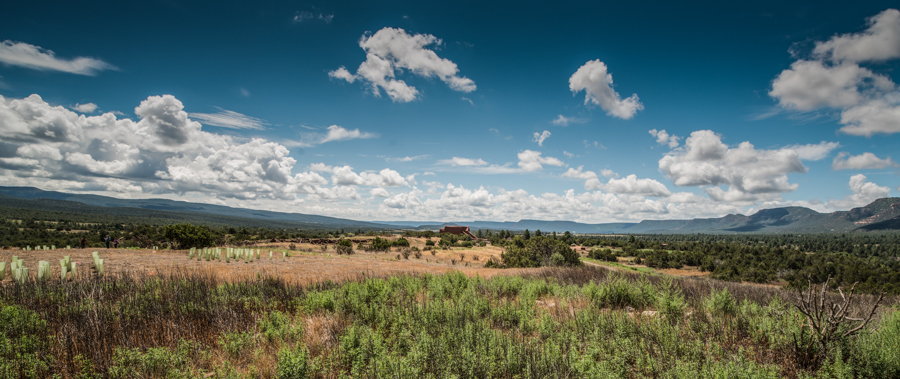
Long Term Significance of the Acquisition
• Permanent protection of a portion of the site of the Battle of Glorieta Pass, an important Union victory that thwarted Confederate plans for taking control of western states.
• Removal of non-historic structures and restoration of the historic landscape that recalls the appearance when the battle took place.
• Through removal of the structures and associated impermeable surfaces, restoration of land along the Glorieta Creek (part of the Pecos River watershed), which runs through the property.
Value to the Park and Public
• Working together with the landowner, NPT will assist the NPS in acquiring a historically important, privately-owned property within the Congressionally-authorized boundary of Pecos National Historical Park boundary and surrounded by park land.
• Adding this missing piece to the park will allow the NPS to restore the battlefield viewshed and remove modern infrastructure/buildings to better interpret the battle, enabling the park to present and interpret a more continuous cultural and historical landscape.
• Incorporating this property into the park would increase the amount of land accessible to the public.

